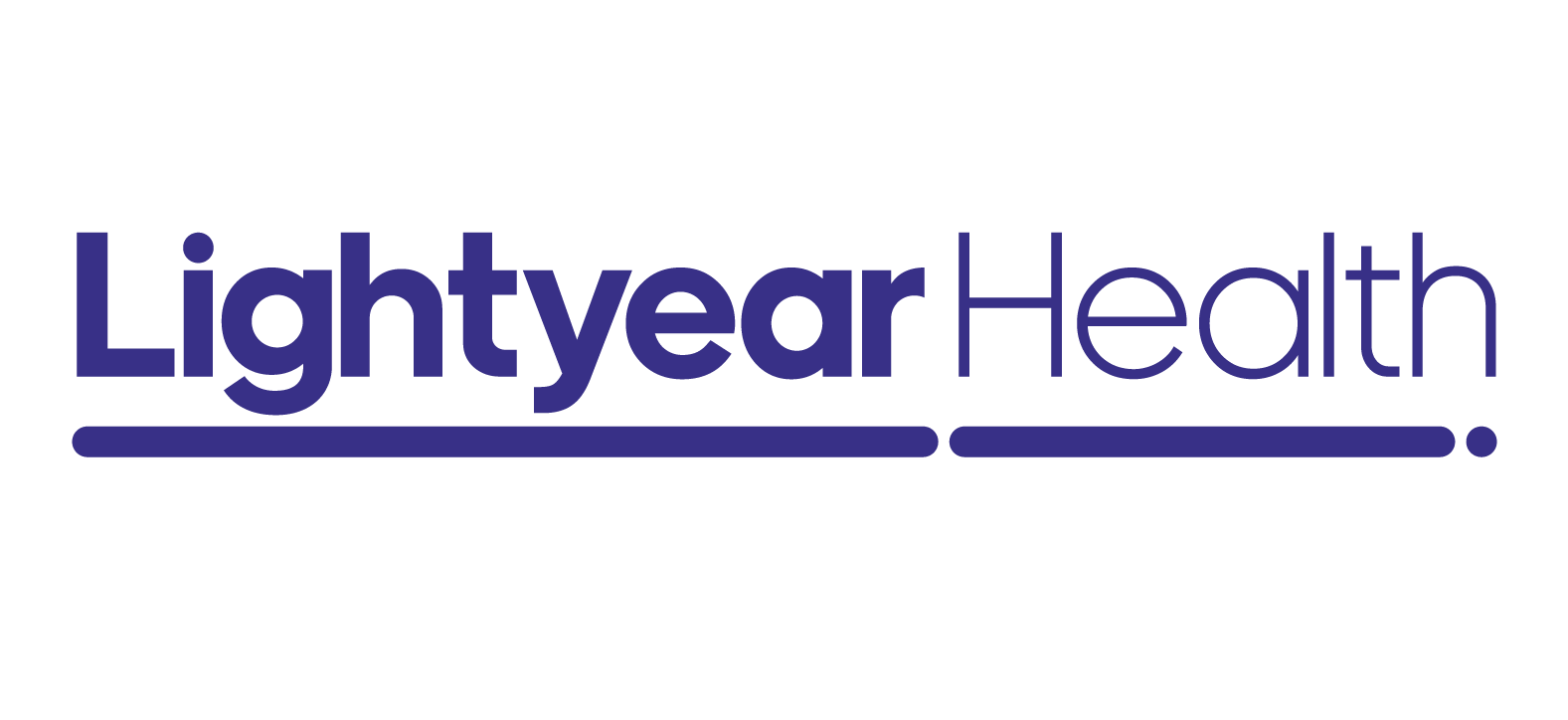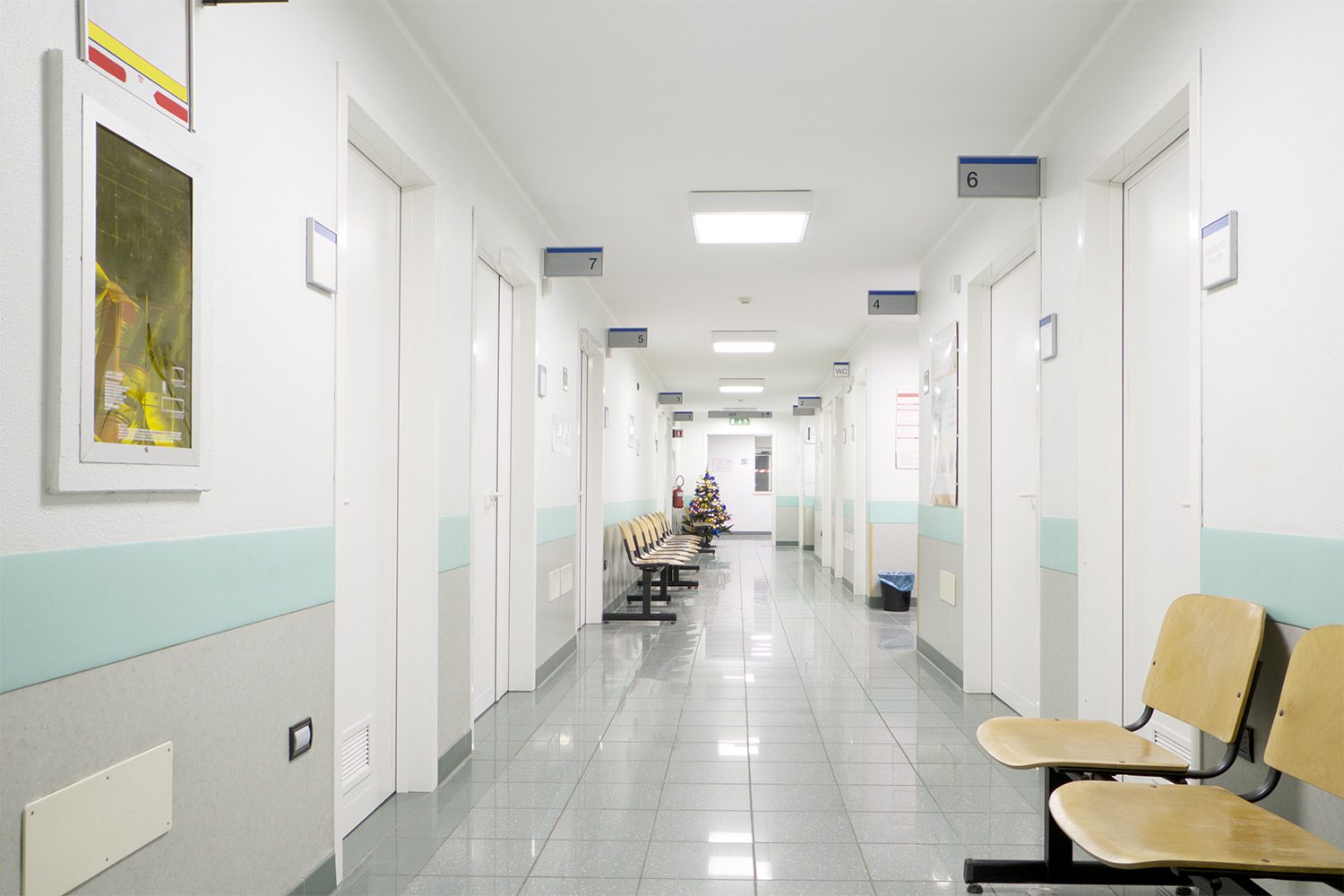Deciding to enroll a loved one into a long-term facility is a challenging and daunting task, but the CMS STAR rating system seeks to help consumers make a more informed decision about their choice.
Maintaining your facility’s high star rating helps to assure prospective residents that you offer a safe and reputable environment. It’s important to do everything you can to make sure your number remains at least a three or higher.
There are a number of factors that can affect your star rating, and hospital readmissions are just one of them.
Here’s everything that you and your staff should understand about how CMS STAR ratings work and the factors that affect them.
How Do CMS Star Ratings Work?
The Centers for Medicare and Medicaid Services (CMS) created a rating system known as the star rating system, in order to assess the performance of nursing homes so that consumers can make an informed decision before enrolling. The rating is on a one to five scale, with five being well-above average performance and one being well-below average performance. A three is considered average.
Nursing homes and skilled nursing facilities (SNFs) are subject to unannounced annual on-site health inspections to assess things like cleanliness and safety.
The final survey star rating is based on the number, scope, and severity of the deficiencies identified while inspectors are on-site. The survey star rating can be thought of as a baseline score which can be improved with bonus stars that are awarded based on overperformance in other areas.
Two specific areas that are subject to assessment are staffing and quality.
Facilities that meet a certain hour of logged hours by nurses each day can obtain a bonus star if their staffing rating is a four or a five. For example, if a facility earns a three for the survey star, but then receives a four for staffing, they can receive a bonus star to bring their overall rating to a four. If staffing issues are apparent and understaffing appears to be a problem, a facility may incur a penalty. If a facility receives a one for staffing, this would take the same three-star rating down to a two.
Quality reflects a facility’s compliance with a wide range of health and safety measures. Likewise, a facility that earns a five-star quality rating may receive a bonus star overall. If they receive a one, they receive a penalty star. Note that a facility cannot obtain higher than a five or lower than a one.
So what exactly are those safety measures that can affect a star rating? This is where hospital readmissions can come into play.
Factors Affecting STAR Rating
The CMS has outlined an extensive list of both short stay and long stay quality measures that can affect your facility’s star rating.
- Short stay resident measures show the average quality of resident care for those who have been in a nursing home for under 100 days.
- Long stay quality measures assess the quality of care for those in a home 101 days or more.
The purpose of these measures is to give consumers information about the quality of care offered in nursing facilities, but it is also important for you to understand aspects of your facility that might be missing the mark. Of course, it can also show you where your strengths are.
Short stay quality measures include the following:
- Percent of Residents who newly received an antipsychotic medication
- Percent of residents who made improvements in function
- Percent of residents who were assessed and appropriately given a seasonal flu vaccine
- Percent of residents who received a flu vaccine
- Percent of residents who were offered, yet refused, a flu vaccine
- Changes in skin integrity after acute care
- Percent of residents who were assessed and appropriately given the pneumococcal vaccine
- Percent of residents who were offered, and refused, a pneumococcal vaccine
- Percent of residents who were re-hospitalized after a nursing home admission
- Percent of short stay residents who have had an outpatient emergency room visit
As you can see by the final two bullet points, readmission into a hospital setting can have an effect on your star rating.
And while the entirety of your quality score is dependent on a number of other factors, it may put you at risk for incurring a penalty star if your facility has a high rate of readmission.
On the other hand, ensuring that your residents remain out of the hospital following their discharge can help you earn a bonus star.
As long as all of the other quality measures are adequate, a perfect five rating on quality can help boost any shortcomings your facility may have experienced in your survey or staffing rating.
How To Prevent Hospital Readmissions
Readmission to the hospital within 30 days of discharge from a skilled nursing facility is extremely common. Medicare patients who are discharged from an SNF have a 25% likelihood of being readmitted within just 30 days. On top of that, in a review of 200 discharges, it was found that 67% could have been prevented.
Making your facility a safer and more effective place for patients to rehabilitate can make you more appealing for individuals who are seeking care.
Here are some ways you can improve your star rating, prevent hospital readmissions, and therefore create a safer community for your residents.
Begin Discharge Planning Early
Communication is one of the most determinant factors influencing the quality of patient care and the CMS metrics that reflect it. A constant flow of clear communication between a patients’ care team members, staff members, and family members is essential to ensuring that oversights do not occur as a result of the many “players” involved in the design and execution of patient care plans in skilled nursing settings.
Expectations surrounding the timing and conditions required for discharge are especially crucial to preventing hospital readmission. A post-discharge plan that includes thorough patient education and regular follow-up phone calls to check in on patients should be considered an essential part of discharge planning.
Education in Addition to Treatment
It’s one thing to provide treatment to patients, but it’s another to help patients and families understand why it’s beneficial and what they can do to prevent problems that might arise in the future.
Educating your patients and their families can help them make more informed lifestyle decisions that can hopefully keep them out of the hospital upon discharge.
For instance, providing physical therapy techniques to a patient who has just suffered a fall is important to bring them relief. But instilling safe practices to help them prevent falls in the future will reduce their risk of returning. Not to mention, explaining the techniques you’re using may give them some ideas for self-treatment at home when minor issues occur.
Manage Medications
One of the top reasons why elderly individuals are readmitted into a hospital setting after being discharged from an SNF is due to discrepancies in their medications. This is most likely because individuals in a skilled nursing facility are not responsible for administering their own medication and may be without the proper guidance upon leaving.
Educate your staff and ensure that upon discharge, patients have specific and written instructions for how, when, and where to take their medications.
Not only can this prevent readmission, but it can also help prevent potentially fatal conditions from occurring as a result of dosing inconsistencies.
Stay Informed
The field of medicine is constantly changing, and certain aspects that may have worked for your facility in the past may now be invalid due to new directives, best practices, and protocols. This is especially true during the age of COVID-19.
As you continue to adapt, ensure that your staff is always being updated based on new guidelines and regulations so that their practices always reflect the latest and most informed standards.
Additionally, keep an eye out for signs of elder abuse that might lead to problems after a patient returns to their domestic setting. Though elder abuse may or may not have been directly responsible for a patient’s hospitalization, regular exposure to violence or neglect at home puts them at high risk for complications in the post-discharge phase.
Ways To Improve Your STAR Rating
While quality measures are important to your CMS STAR rating, other more easily modifiable factors contribute to it as well. Consider the following ways to improve a score that you’re not satisfied with.
Keep Your Facility Clean
One of the first things a surveyor will notice in your facility is its cleanliness and sanitation practices. If your facility is dirty or cluttered, it will undoubtedly have a negative effect on your score.
Having a devoted janitorial staff to be able to maintain a hygienic living space is essential. You never know when a surveyor will come to inspect the premises, so you should make every effort to keep conditions at their best at all times. Keeping hallways uncluttered and floors clean and dry can also reduce the risk of falls, generating a two-fold benefit to star ratings.
Ensure Proper Staffing
Improper care may easily occur if your facility is understaffed. Understaffing is responsible for a vicious cycle of employee burnout and low-quality patient care, with extensive financial implications and a high cost to quality metrics. Erring on the side of overstaffing, or at least ensuring adequate staff to patient ratios, is sure to benefit CMS ratings both directly and indirectly.
In Conclusion
Your CMS STAR rating can have a direct effect on the perceived trustworthiness of your clinicians and administration. Outside of the safety and cleanliness of your building and staff to patient ratios, one of the most important factors that can affect your star rating is hospital readmissions.
The percent of individuals who are readmitted following discharge can have a negative effect on your score. You can take steps to improve this sector by improving communication, providing high-quality patient education, and discharge planning right from the get-go.
If your CMS STAR rating is not where it should be, Lightyear Health can help you fill in the gaps. From behavioral health to pain management, we’re proud to offer your residents exceptional services at no cost to you. Get in touch to learn more about how we can improve your facility as a whole.
Sources:
Implementation of a skilled nursing facility readmission review process | NCBI



